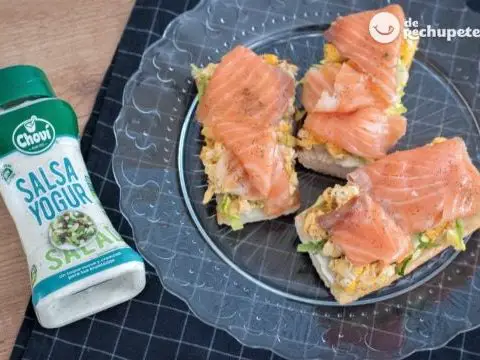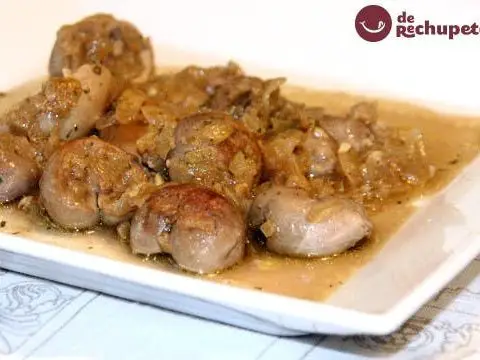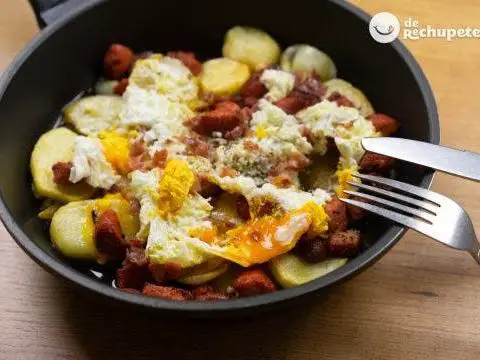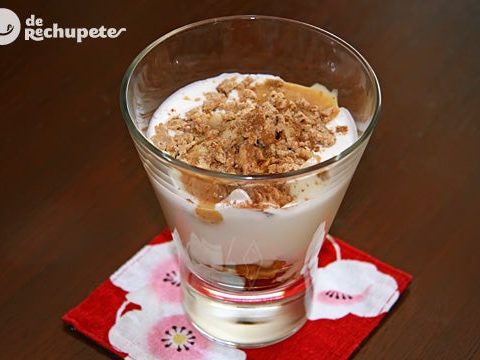
Info.
- Easy
- 60 minutes
- For 6 people
- 0.5 € / person
- 280kcal per 100g.
How to make some vegetable samosas .
Samosas are a traditional dish of Asian cuisine, mainly from countries like India, Pakistan and Tibet.
Although the recipes usually have certain variants, depending on the country in which we find ourselves, it is always a duck, generally triangular, which is filled with potatoes and peas.
These vegetables are cooked and seasoned with some type of curry, wrapped in the dough and fried in vegetable oil or ghi.
They are a perfect appetizer recipe to accompany a Hindu-style dinner, with chicken curry with basmati rice , a tahl or lentil curry and some exotic salads.
The result is super crispy fried triangles filled with a blend of powerful Asian flavor. Although it is an eminently vegetarian dish, we can tune these bites to our liking.
On the blog we can find a recipe for samosas with meat or potato samosas that have nothing to envy the traditional ones.
Preparation of the filling of the vegetable samosas
- We put the potatoes in a saucepan and cover them with water. We cook the potatoes with skin for about 40 minutes.
- The time will depend on the size of the potatoes, they will be ready when when pricked with the tip of a knife, it can be introduced without resistance.
- Drain the potatoes and peel them, still hot. When we can handle them, we cut them into small pieces and reserve.
- Cook the peas for 5 minutes in slightly salted boiling water, drain and reserve.
- In a frying pan, heat a dash of sunflower oil and add the chives, cut into small cubes.
- Fry it until it is soft, about 10 minutes and add the spices, having crushed the coriander and cumin seeds in a mortar. We also add the raisins.
- We continue cooking the chives with the spices for about 3 minutes before adding the cut potatoes and the peas.
- Stir well and let them cook for about 5-7 minutes, incorporating the lemon juice and salt. If necessary we will add a little more sunflower oil.
- We turn off the heat, add the fresh coriander and let the filling cool down before using it.
Assembly, frying and final presentation of samosas
- We take a sheet of phyllo dough and keep the rest until we are going to use it. This type of dough dries very quickly if we leave it in the air, so it is advisable to take them one by one, as we use them.
- We cut each of the sheets into 3 parts longitudinally with a knife. We can make smaller samosas if we cut it into 4 parts.
- We take one of the strips of phyllo dough that we have cut and, in one of its ends we put a tablespoon of filling.
- We are closing the package with a triangle shape as we can see in the photographic step by step.
- On the last round we paint the phyllo dough with beaten egg so that it acts as glue and seals the samosa.
- In a high-walled saucepan, heat plenty of sunflower oil. When it is hot we add 3 or 4 samosas and let them fry at medium-high temperature, on both sides.
- We are removing the samosas on a kitchen paper to remove excess oil, as we prepare them. We serve the hot samosas.
You can see all the photos of the step by step of these vegetable samosas in this album .
Tips for some yummy vegetable samosas
- The original recipe of the dough is prepared with flour of a type of wheat, the maida, today I have prepared them with something that we can find in all supermarkets, phyllo dough . So they are quite easy to prepare.
- If you want to make the dough at home, you can follow the potato samosas that we have on the blog. Where we explain step by step how to make the original dough for samosas.
- They are usually served accompanied by a chutney or chopped with mint and coriander, although they will be perfect with a yogurt and coriander sauce. But accompanied by basmati rice , with a yogurt sauce, fresh coriander, lemon and minced garlic, they will be spectacular. Accompanied or alone, a whole mouthful of oriental aroma and flavors.






